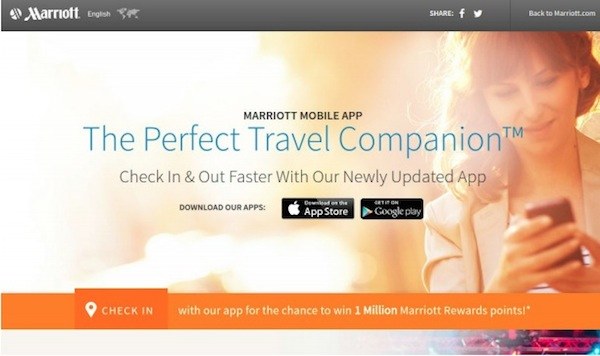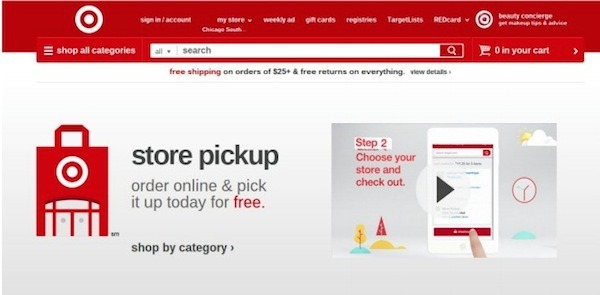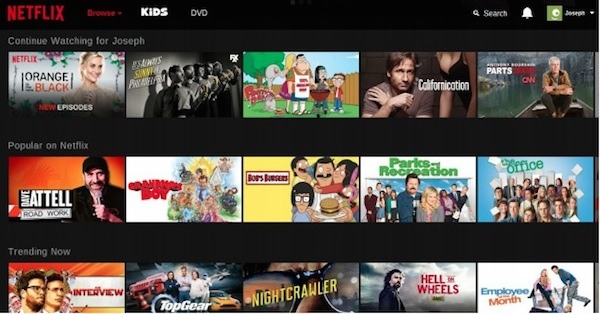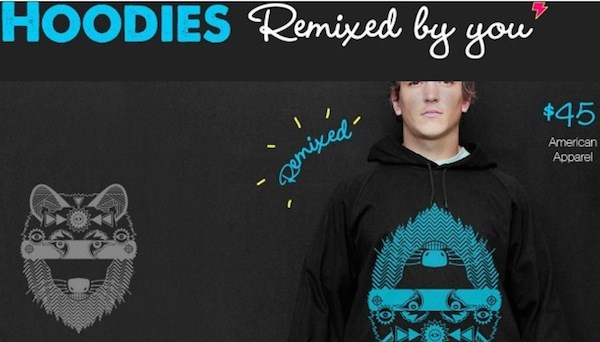Flash sales and private sales hit the ecommerce market with a fury back in 2009 and 2010. Some would even argue that flash sales are still the most scalable ecommerce business model. However, just like all new innovations, they hit a bubble, or trickle in their effectiveness, bringing up new and exciting innovations, particularly in the ecommerce world.
So, what is the next new and upcoming wave of innovation in the ecommerce space? Could your online business see something so revolutionary that could allow you to engage your customers through an unheard of medium? Is there a sales strategy that has gone untapped?
That’s what we’re here to find out, so keep reading to learn more about five new and upcoming waves of innovation in ecommerce.
Selling Based on Mobile Location

We’ve already started seeing how retail stores can use geotargeting to trigger a push notification when the customer walks near a store. This type of mobile selling is a huge push to the retail industry, considering they can combine the wonders of online and offline shopping.
Where does that leave the ecommerce businesses in terms of mobile selling? Sure, you’ve got responsive websites and even geolocation tools for those ecommerce sites that also run brick and mortar shops, but what about truly targeting these solely online customers based on their locations?
Since so many people are purchasing on the go, it's essential to target these people and understand how they make purchases while sitting on the train, while out to eat and even while at work.
The first upcoming wave of innovation comes in the form of mobile check ins, in that customers check in when they go to certain events, places and landmarks. In short, the customers receive rewards and benefits for when they interact with the real world, and they have the opportunity to bring the real world experience to the digital age.
Geographically targeted discounts are also promising, considering online companies could automatically send out a push notification that their online store sells better or cheaper products when the person is shopping at a competitor or similar shop. Imagine owning a supplement online store and partnering with a fitness facility. When someone goes into the fitness club, they may receive a discount for your supplements.
Super Fast Delivery or Pickup Options

We are fast approaching a world where overnight delivery is a way of the past. Amazon is not only providing two day delivery in its Amazon Prime package, but they provide it at an alarmingly low rate.
An upcoming innovation would be something similar to one or two hour delivery, allowing customers a chance to send or receive emergency products or gifts. A “pickup in store” option is another way to target people based on location, sending them to the closest affiliate to grab an item within minutes.
A Connection with the Physical World for Overall Enjoyment

One of the biggest hurdles the ecommerce industry has still yet to jump over is the fact that people still enjoy the experience of shopping at a physical store.
Consumers see it as relaxing, fun and even a way to socialize with people they haven’t seen in a while. That leaves ecommerce in the dust, considering there really isn’t anything relaxing, fun or social about sitting at a computer or on a phone by yourself.
How will new innovations help the ecommerce world become more enjoyable for consumers? It will most likely come in the form of offline and online merging. Consider the Fire Phone, which uses software for people to window shop, scan what they like and then buy it online.
This type of real world shopping, combined with digital information and purchasing power is a strong indicator that buying online is quickly becoming more enjoyable.
Personalized Discovery

Yet another problem in the ecommerce industry is that consumer data is being collected in huge amounts, letting companies target those users with upsells, promotions and cross-sells based on their past purchasing tendencies, social interactions, internet searches and even what types of messages they send to their friends and family.
This sounds great for ecommerce businesses, but once again, it’s another way that ecommerce is destroying the experience for shoppers. There’s something about the “hunt” while shopping. Walking into a store with a vague idea of what you want, but having the freedom to test out styles, models and versions for the simple pleasure of toying around with new products.
With hyper-targeted marketing and recommendation engines, the “perfect” products are always being pushed upon the consumer, taking the thrill out of shopping.
Netflix and Pinterest are solid examples of companies that understand the need for personalized discovery, considering they use complex algorithms to recommend media that people may like based on their past interactions. It sounds like nothing new, but they take a step back, employing the use of hefty catalogues, user preference pages, customization options and even categories that span various different topics, giving the power back to the user, instead of simply telling them the next step they need to take.
Social Co-Creation

From t-shirt design companies to marketplaces like Etsy, we’re already seeing an influx in social co-creation, where consumers are able to not only find a product and click a button to purchase it, but join in on the creation process to enjoy the power of creativity.
This isn’t just your standard blank canvas website where you can drop stock designs on a t-shirt or canvas, but a combination of high-powered tools and social interaction, for generating products that look incredibly professional. Not to mention, the consumer would be able to pull from previous designs and moderate them, instead of having to start from scratch.
The possible new and upcoming wave of innovation in ecommerce is exciting and unusual, so it’s important for everyone in the industry to continue talking about what’s coming next, so the market is prepared for change. If you have any questions, feel free to leave a comment in the section below.
Feature image curtsey of Marco Goran Romano




Comments 0 Responses